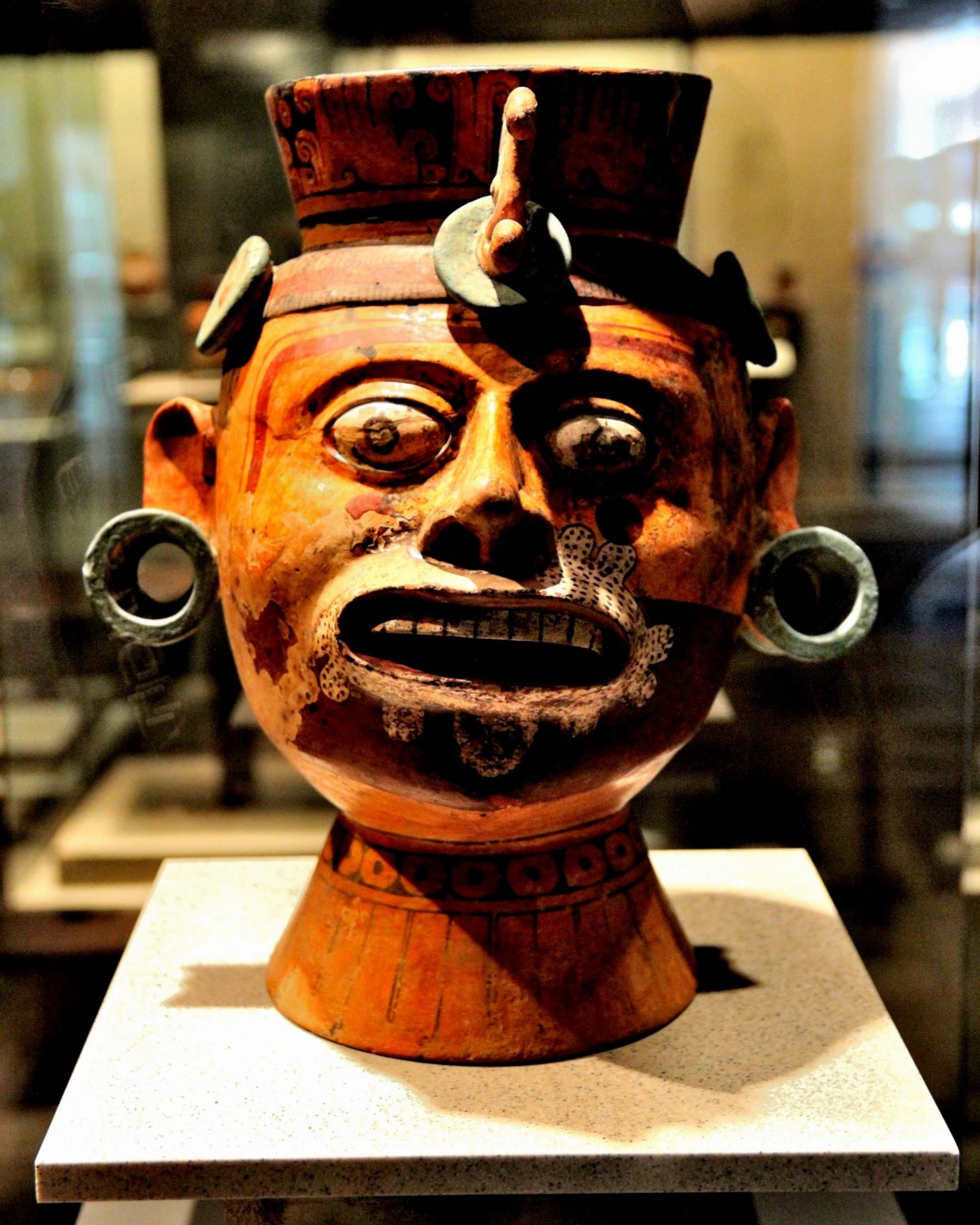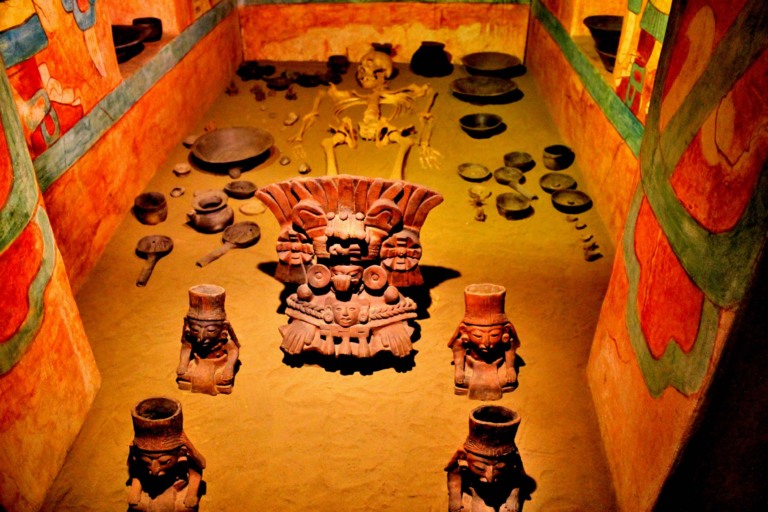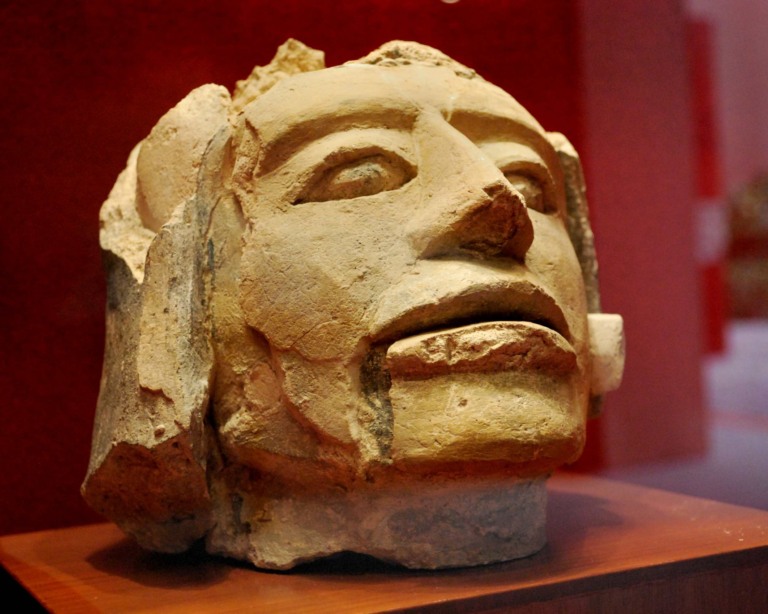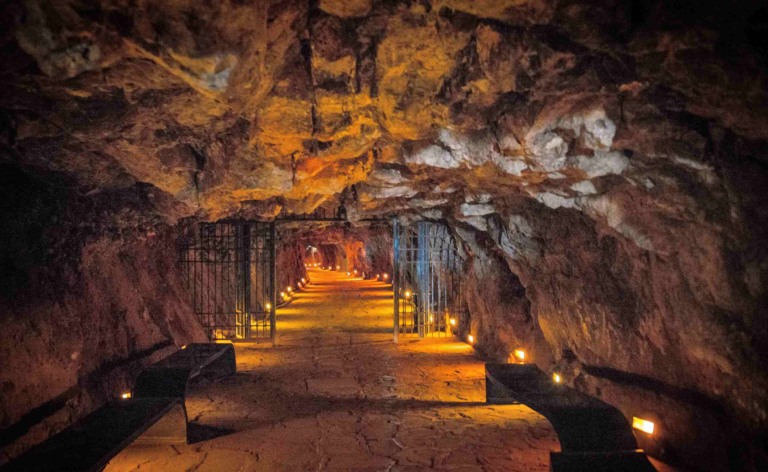Monte Alban was carved right out of the rock, and it is a sign of a sacred landscape. The grid-like layout of the nearby city of Oaxaca is a good example of how Spanish colonists planned cities. The sturdiness and size of the city’s buildings show that they were built for the area, which is prone to earthquakes, in which they are located. People like the Olmecs, Zapotecs, and Mixtecs lived there over a period of 1,500 years. They built the terraces, dams, rivers, pyramids, and man-made mounds.
Monte Alban Oaxaca
The World Heritage Site is in a place called the Central Valleys of Oaxaca, which is in a valley between the Sierra Madre Oriental and the Sierra Madre del Sur. It is made up of two different cultural sites: the ancient center of Oaxaca de Juárez and the archeological site of Monte Albán, Mexico. In 1987, UNESCO named the “Historic Center of Oaxaca and Archaeological Site of Monte Albán” as World Heritage Sites.
Antequera was the first name for the city of Oaxaca de Juarez. It was formed in 1529 in a small valley where a group of Zapotec Indians lived. It is an example of a colonial city from the sixteenth century (XVI) and of how to plan a city, since it still looks like a checkerboard with square blocks and doors on all four sides of the square.
Who Built Monte Alban
Alonso Garcia Bravo picked a point in the middle of the rivers Jalatlaco, Atoyac, and the Cerro del Fortin so that he could follow the path of the Villa de Antequera. The path started from a central plaza that was based on two axes, east-west and north-south, with a small tilt to account for the lighting and sunlight due to its latitude.
The city’s economic, political, social, religious, and cultural events, which give the city its energy, still take place in the center of the city. It keeps its iconic architecture, and the buildings are representative of a cultural tradition spanning more than four centuries of art and history. A total of 1,200 historic structures have been inventoried and listed.
The large religious buildings, the beautiful noble town houses, and the streets lined with other homes all work together to make a harmonious cityscape and bring back the image of a colonial city that has kept its grand look. The 19th-century houses in this city, which was where Benito Juarez was born and changed its name to Oaxaca de Juarez in 1872, also have good architecture.
Because Oaxaca is in an earthquake-prone area, its buildings have strong walls and are built low to the ground. The Mestizo people preserve traditions and traditional ways of doing things. The Valley of Oaxaca’s most important historical site is Monte Alban. Over the course of 1,500 years, people like the Olmecs, Zapotecs, and Mixtecs lived on Monte Albán.
Monte Alban History
The mountain’s terraces, dams, canals, pyramids, and man-made mounds were actually carved out of the mountain and are signs of a sacred landscape. From 500 B.C. to 850 A.D., when it started to be left behind for reasons that have not been found, the grand Zapotec city was a thriving place. The archaeological site is known for the remains of beautiful temples, ball courts, tombs, and bas-reliefs with hieroglyphic writing.
Its unique size shows the basic timeline and artistic style of the area. The main part of the ceremonial center, which forms a 300-meter esplanade running north-south with a platform at either end, was built during the Monte Albán II (c. 300 BC–AD 100) and the Monte Albán III phases. Phase II is when the site is turned into a city and the environment is taken over. This is done by building platforms on the sides of the hills and making a system of dams and channels.
The last parts of Monte Albán IV and V were when the holy city was turned into a fortified town. Monte Albán is a symbol of a culture with a lot of information, traditions, and art. The way the line buildings were put up from north to south shows how well they were planned. Both the empty spaces and the volumes work well together. It shows how unique the site’s architecture is in terms of both Mesoamerican and global development.
What is Monte Alban
In the Mexican state of Oaxaca, there is a large pre-Columbian historical site called Monte Albán. It is in the town of Santa Cruz Xoxocotlán. The site is on a low mountain range that rises above the plain in the middle of the Valley of Oaxaca, where the Etla, Tlacolula, Zimatlán, and Ocotlán, or Valle Grande, rivers come together. About 9 kilometers (6 miles) east of Monte Albán is Oaxaca City, which is the capital of the state today.
It is not clear where the current name of the site comes from. The name is thought to be a corruption of a local Zapotec name; alternatively, it could be a reference to a Spanish soldier who served during the colonial era and went by the name Montalbán, or it could be a reference to the Alban Hills in Italy.
Monte Albán Pyramids
The old Zapotec name of the city is unknown because it was abandoned hundreds of years before the first ethnohistorical records were written. The impressive ruins of Monte Albán could be seen from anywhere in the central part of the Valley of Oaxaca. This made them popular with tourists and explorers during both colonial and modern times. Archaeologists from Mexico did not start doing large-scale research excavations until 1931.
The Museo Nacional de Antropologia in Mexico City and the Museo Regional de Oaxaca in the old convento de Santo Domingo de Guzmán in Oaxaca City are two places where you can see many of the artifacts that have been found at Monte Albán over the past 100 years. Before the end of the Rosario ceramic phase, around 500 BCE, there does not seem to have been anyone living in the Monte Albán hills.
At that time, most of the people in the valley lived in San José Mogote, which was also the heart of a chiefdom that probably ran most of the northern Etla branch. There were perhaps three or four smaller chiefly towns in other areas of the valley. These included Tilcajete in the southern branch of the Valle Grande and Yegüih in the eastern branch of the Tlacolula. Competition and warfare seem to have marked the Rosario phase.
Monte Albán is a favorite place for tourists to go in Oaxaca. It has a small museum on site that is mostly made up of the stones that were cut there. A lot of what people can see today in public places was rebuilt at that time. It also led to the discovery of a lot of private and civic-ceremonial buildings, as well as hundreds of tombs and graves.
Mixtec Artifacts
Mixtec artifacts are mostly pictures, a kind of graphic art that is meant to be pretty and has a strong focus on fine workmanship. No one in their time could do more with technology than the Mixtecs could. They were experts at working with metal, cutting stones, making beautiful decorative pottery, carving wood and bone, and making picture books.
It is very sad that paintings and sculptures of fabrics, which are easily destroyed, were not saved and that only a few examples of woodcarving and the fine art of feather mosaics remain, mostly in European museums. Ideographic drawing seems to have been one of the most important Mixtec arts. It was used in codices, frescoes, and on pottery. It has a rich style that is very clear and a spirit that is mostly the same.
The Mixtec artists told stories about the most complicated parts of nature by drawing stylized versions of people, gods, animals, plants, mountains, pools, clouds, and all kinds of other objects and symbols. They did this in a way that is very similar to how we draw comic strips, with standard poses and conventions like the scroll that comes out of the mouth to show speech. Even though these parts are always very stylized, they always have a realistic touch that lets you know what they are supposed to be.








